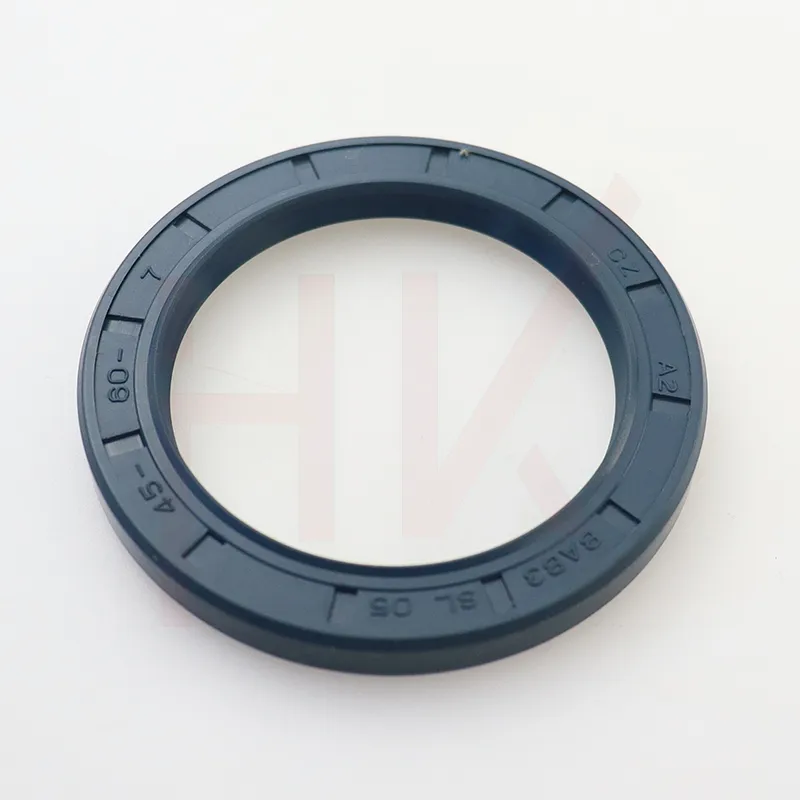Dec . 12, 2024 11:56 Back to list
wiper seals
Understanding Wiper Seals Essential Components for Machinery Efficiency
Wiper seals are often overlooked components that play a crucial role in maintaining the efficiency and longevity of various machinery. While many may associate seals with automotive applications, wiper seals are found in a wide range of mechanical devices, including hydraulic cylinders, pneumatic cylinders, and various industrial equipment. This article aims to shed light on the function, types, and maintenance of wiper seals, underlining their importance in machinery performance.
What Are Wiper Seals?
Wiper seals, sometimes referred to as dust seals or scraper seals, are specially designed seals that prevent external contaminants from entering the internal components of machinery, while also retaining lubrication. They are typically installed at the exposed end of a cylinder or rod, serving as the first line of defense against dust, dirt, and debris that could cause wear or damage to more critical sealing components, such as rod seals or piston seals.
Functionality
The primary function of wiper seals is to “wipe” away contaminants that may accumulate on the surface of hydraulic or pneumatic rods as they extend and retract. By removing these particles and ensuring that the internal environment remains clean, wiper seals help prolong the life of the machinery. Furthermore, they contribute to the efficiency of operations by maintaining the necessary lubrication levels within the system, which can significantly reduce wear and tear.
Materials Used
Wiper seals are crafted from various materials, each offering different advantages depending on the application. Common materials include
- Nitrile Rubber (NBR) This material is widely used due to its excellent resistance to oils and fuels, making it ideal for hydraulic applications. - Viton Known for its outstanding resistance to heat and chemical degradation, Viton is often used in high-temperature applications. - Urethane With its impressive abrasion resistance, urethane is suitable for environments where exposure to particulates is common. - PTFE (Teflon) Offering low friction coefficients and excellent chemical resistance, PTFE is often chosen for specialized applications.
Types of Wiper Seals
Wiper seals come in various designs to accommodate different applications
1. Simple Wiper Seals These are the most basic types, designed with a single lip to scrape off contaminants.
wiper seals

2. Double-Lip Wiper Seals Featuring two lips, these provide an additional barrier against dust and moisture.
3. U-Cup Wiper Seals These are specially shaped to provide an effective wiper action while also maintaining the lubricating film.
4. Custom Wiper Seals For unique applications, manufacturers can provide specially designed seals that meet precise operational requirements.
Importance of Maintenance
Proper maintenance of wiper seals is essential for the overall health of machinery. Regular inspections should be conducted to check for wear and tear or any signs of damage, such as cracks or deformation. Replacing worn-out seals promptly helps avoid more significant issues, such as internal contamination, which could lead to costly repairs or downtime.
Signs of Wiper Seal Failure
Operators should be vigilant for signs that wiper seals may be failing. Common indicators include
- Increased Wear on Rods or Pistons If the rods or pistons show unusual wear patterns, it may be a sign that the wiper seals are not effectively preventing contaminants.
- Fluid Leakage Any sign of hydraulic or pneumatic fluid leaks can indicate failed seals, which affects the efficiency of the equipment.
- Poor Performance A noticeable decrease in machinery performance can also point to issues with the wiper seals.
Conclusion
Wiper seals may be small, yet their role in machinery is anything but insignificant. By preventing contaminants from entering the critical areas of hydraulic and pneumatic systems, they enhance the durability and functionality of equipment. Understanding their importance, maintaining them regularly, and replacing them when necessary is vital to ensuring that machinery operates smoothly and efficiently. Whether in automotive, industrial, or other applications, investing in quality wiper seals can lead to reduced maintenance costs and extended equipment life.
-
TCN Oil Seal Metal Ring Reinforcement for Heavy Machinery
NewsJul.25,2025
-
Rotary Lip Seal Spring-Loaded Design for High-Speed Applications
NewsJul.25,2025
-
Hydraulic Cylinder Seals Polyurethane Material for High-Impact Jobs
NewsJul.25,2025
-
High Pressure Oil Seal Polyurethane Coating Wear Resistance
NewsJul.25,2025
-
Dust Proof Seal Double Lip Design for Construction Equipment
NewsJul.25,2025
-
Hub Seal Polyurethane Wear Resistance in Agricultural Vehicles
NewsJul.25,2025
-
The Trans-formative Journey of Wheel Hub Oil Seals
NewsJun.06,2025
Products categories
















